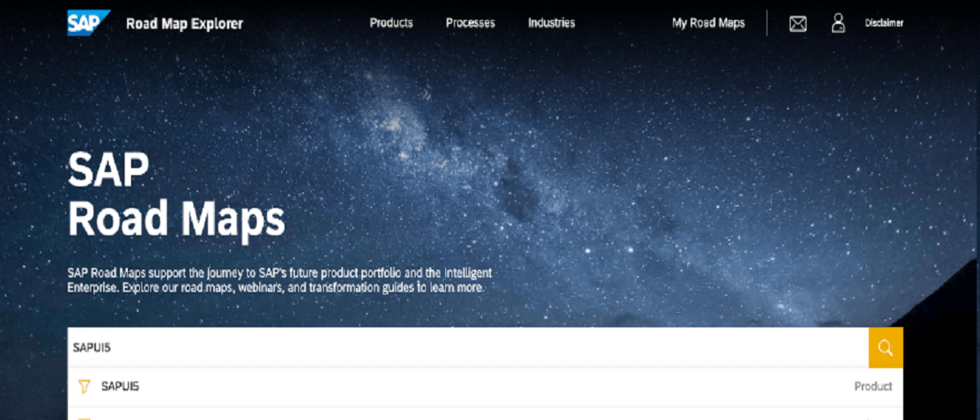- Software updates are automatically applied by SAP —— SAP 自动应用软件更新。
- Hardware is managed by a cloud provider (e.g. AWS, Azure, or GCP):硬件由云提供商(例如 AWS、Azure 或 GCP)管理。
- Many data center locations to choose from:许多数据中心可供选择。
- Backups are automatic and recovery can be initiated in SAP HANA Cloud Central:备份是自动的,并且可以在 SAP HANA Cloud Central 中启动恢复。
- The memory, compute and storage settings can be changed as your needs change. Note a few operations can be performed using service requests.内存、计算和存储设置可以根据需求变化进行更改。可以使用服务请求执行一些操作。
- The ability is provided to expand data storage from in-memory, to native storage extensions, to a data lake, while providing a common access layer that enables you to have further control over performance and cost. See also Lower Your Data Management Costs With SAP HANA Cloud:能够将数据存储从内存扩展到原生存储扩展,再到数据湖,同时提供通用访问层,使开发人员能够进一步控制性能和成本。
SAP HANA Cloud 同本地版本相比的一些差异:
- Every SAP HANA Cloud instance is one SAP HANA database. An on-premise version can have multiple databases per install, which is known as multi-tenant.每个 SAP HANA Cloud 实例都是一个 SAP HANA 数据库。本地版本每次安装可以有多个数据库,这称为多租户。
- Connections to an SAP HANA Cloud instance must be secure and require a minimum SAP HANA client version of 2.4.167.与 SAP HANA Cloud 实例的连接必须安全,并且至少需要 SAP HANA 客户端版本 2.4.167。
- The administration user for SAP HANA Cloud is named DBADMIN while for an SAP HANA 2.0 database it is SYSTEM. For additional details see Predefined Users, SAP HANA Cloud Administrator DBADMIN, and Predefined Users in HANA 2.0. SAP HANA Cloud 的管理用户名为 DBADMIN,而 SAP HANA 2.0 数据库的管理用户名为 SYSTEM。
SYS is a technical database user. It is the owner of database objects such as system tables and monitoring views.
SYS 是技术数据库用户。它是数据库对象(例如系统表和监视视图)的所有者。
The SYSTEM database user is created during the creation of the SAP HANA database. It is the most powerful database user with irrevocable system privileges, such as the ability to create other database users, access system tables, and so on.
SYSTEM 数据库用户是在创建 SAP HANA 数据库期间创建的。它是最强大的数据库用户,拥有不可撤销的系统权限,例如创建其他数据库用户、访问系统表等的能力。
The SYSTEM user of the system database has additional privileges, namely the privileges required for managing tenant databases, for example, creating and dropping databases, changing configuration (*.ini) files of databases, performing database-specific data backups, stopping and starting databases.
系统数据库的SYSTEM用户拥有额外的权限,即管理租户数据库所需的权限,例如创建和删除数据库、更改数据库的配置(*.ini)文件、执行数据库特定的数据备份、停止和启动数据库。
The SYSTEM user does not automatically have access to objects created in the SAP HANA repository.
SYSTEM 用户不会自动有权访问 SAP HANA 存储库中创建的对象。

**粗体** _斜体_ [链接](http://example.com) `代码` - 列表 > 引用。你还可以使用@来通知其他用户。